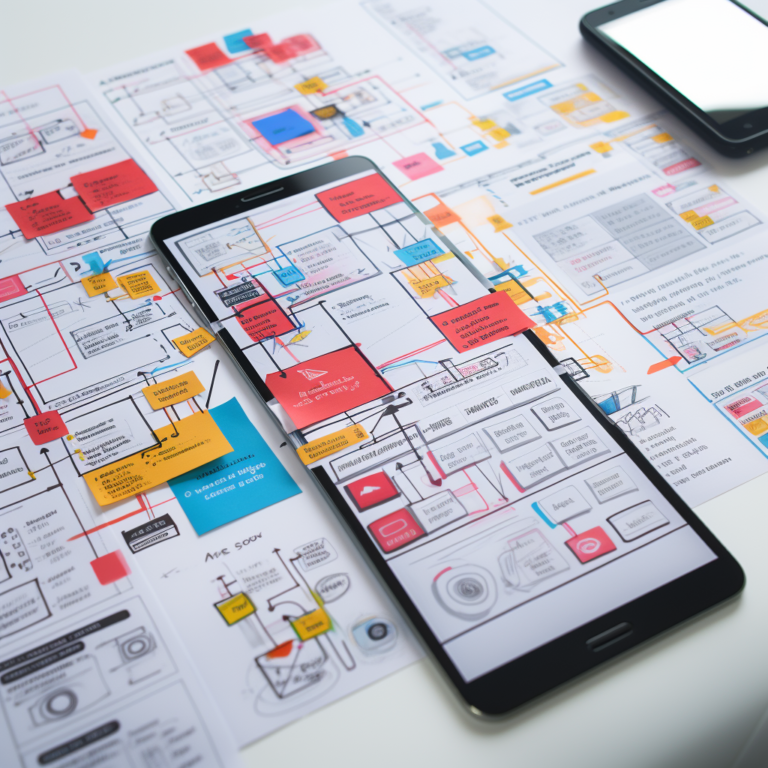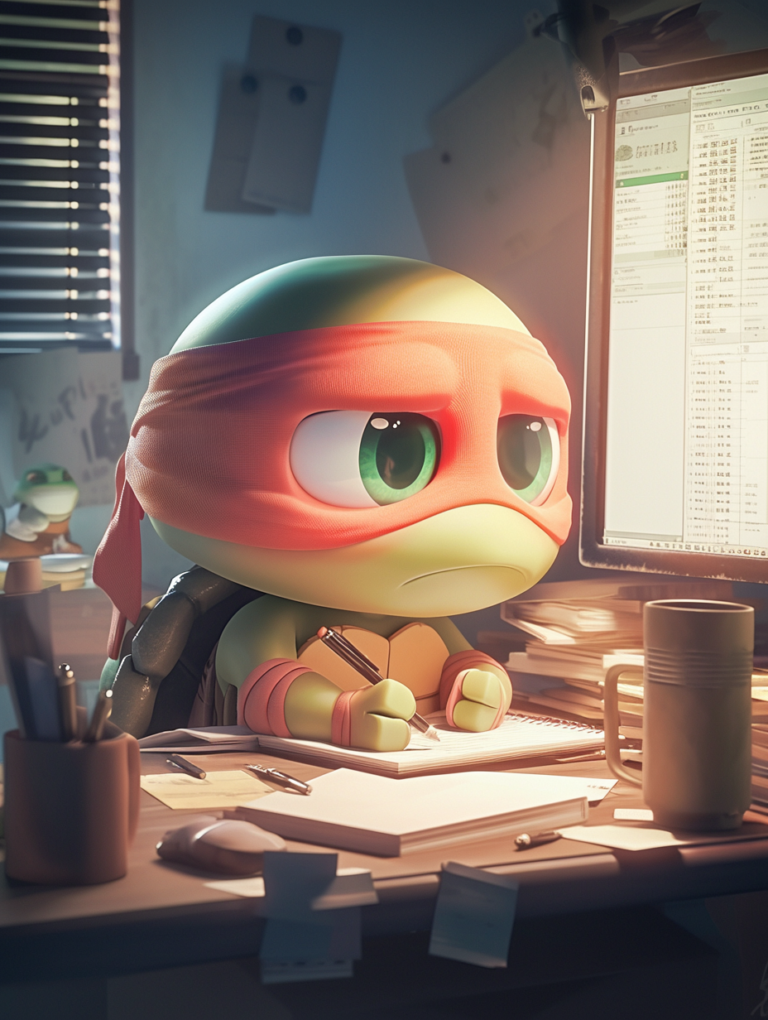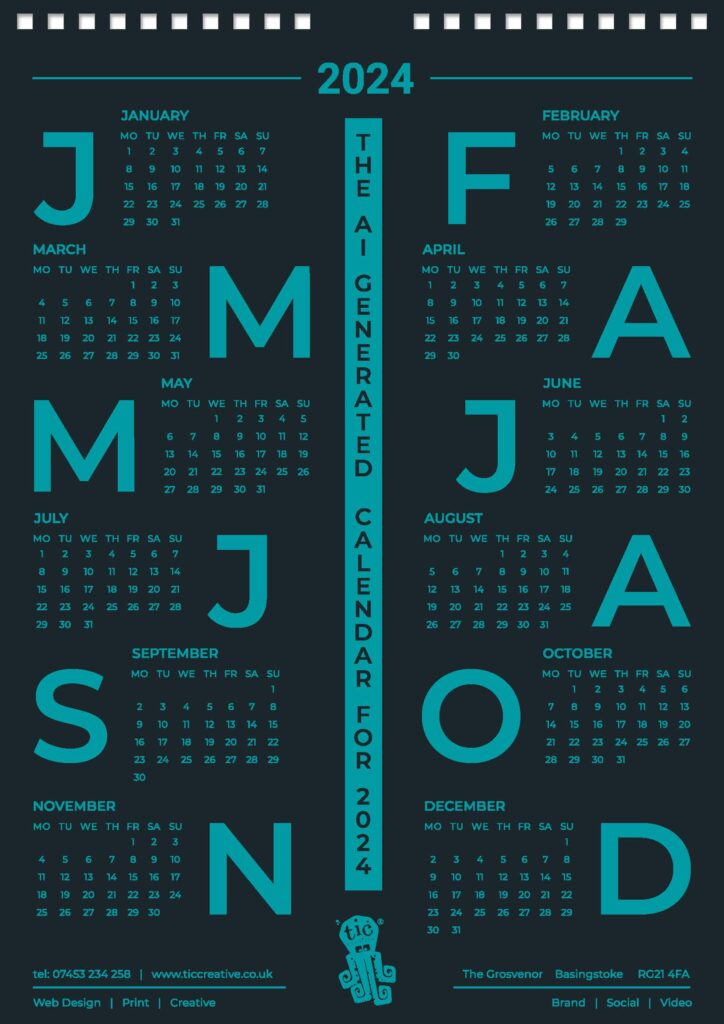
Web design should be unique!
Crafting a website from the ground up or tweaking an existing template are two common approaches to web design. While template editing can be quick and cost-effective, there are compelling reasons why a business might opt for a custom solution, especially when working with a professional web designer. Below, we explore five reasons why your web designer shouldn’t rely solely on editing templates for your website.
1. Lack of Originality and Brand Distinction
Templates are accessible to anyone, which means your website could end up looking like countless others. In a digital landscape where standing out is crucial, a template can limit your ability to differentiate your brand. Custom design, on the other hand, ensures that every aspect of your site – from the layout to the user interface – reflects your unique brand identity, setting you apart from competitors.
2. Limited Customisation and Functionality
Templates come with inherent limitations in design and functionality. While they offer a starting point, altering them to meet specific needs can be cumbersome and sometimes impossible without extensive coding knowledge. This can be particularly problematic for medium-sized businesses with unique requirements that templates simply can’t accommodate. A web designer forced to work within these constraints may not be able to deliver a site that aligns with your strategic goals.
3. Potential SEO Disadvantages
Search Engine Optimisation (SEO) is a critical component of any online strategy. Templates, especially those that are not well-coded or are widely used, can suffer from bloated code that slows down your site, negatively impacting your search engine ranking. Furthermore, customising templates to improve SEO often requires a level of expertise that goes beyond basic web design, potentially leading to additional costs.
4. Scalability Issues
As your business grows, so too will your website. Templates, however, are not always designed with scalability in mind. This can lead to significant challenges down the line when you need to add new features or scale up your operations. A custom-designed website, crafted with your future needs in mind, can evolve alongside your business, ensuring longevity and relevance.
5. Dependence on the Template’s Longevity
When you choose a template, you’re also relying on its developers for updates, security patches, and support. If the template is discontinued or if support wanes, your website might face vulnerabilities or become outdated. This dependence can pose a risk to your online presence, whereas a custom-built site gives you full control over updates and security, ensuring your site remains robust against evolving threats.
In conclusion, while templates offer a quick and often economical route to get a website up and running, they come with significant limitations. For medium-sized businesses aiming to establish a strong online presence, a custom-designed website by a professional designer offers a level of originality, functionality, and scalability that templates simply cannot match. By investing in custom design, you ensure that your website not only stands out from the crowd but also grows with your business, ultimately delivering a better return on investment.











